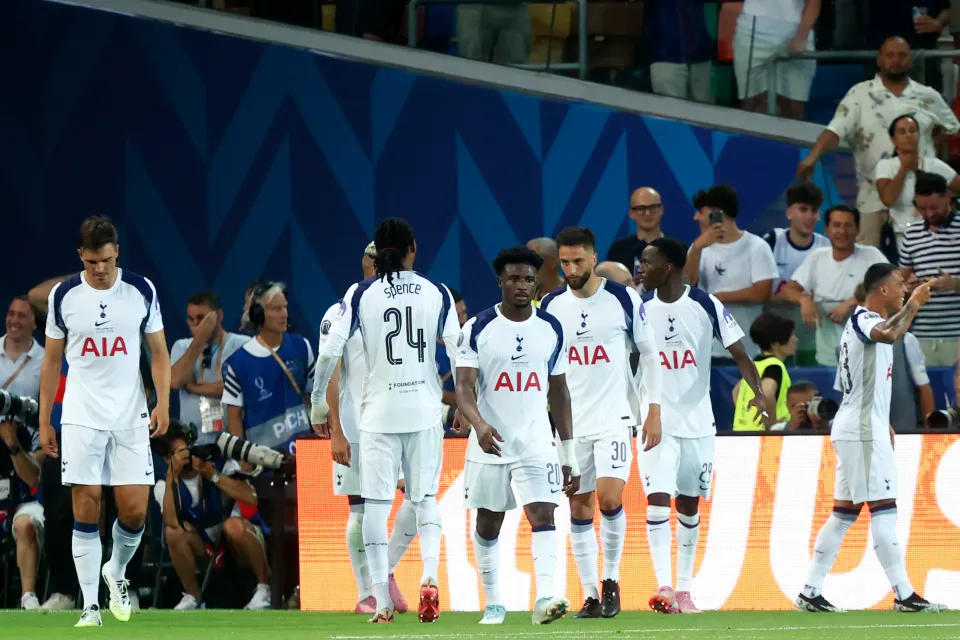Soccer: Basics and Leagues to Watch
Soccer—known as football outside North America—is the world’s most popular sport, uniting billions of fans across every continent. Whether you’re learning how to play or looking to follow the top leagues, understanding the basic rules and the competitions that define the game is the perfect place to start.
What Are the Basic Rules of Soccer?
Field and Setup
- A soccer field (pitch) is usually about 100–130 yards long and 50–100 yards wide.
- Each team defends a goal that measures 24 feet wide and 8 feet high.
- Essential equipment includes a round ball, cleats, and shin guards.
Scoring Explained
- A goal is scored when the entire ball crosses the goal line between the posts and under the crossbar.
- A standard match lasts 90 minutes (two 45-minute halves) plus stoppage time.
- Knockout matches may include extra time (two 15-minute halves) and, if still tied, penalty shootouts.
Kick-off and Restarts
- Games start with a kick-off at the center circle.
- Play restarts with throw-ins, corner kicks, or goal kicks when the ball goes out of play.
Fouls and Free Kicks
- Fouls include tripping, pushing, handball, or reckless tackles.
- Direct free kicks can be taken on goal; indirect free kicks must first touch another player.
- Penalty kicks are awarded for fouls inside the penalty box.
Offside Rule
- A player is offside if they are nearer to the opponent’s goal than both the ball and the second-to-last defender when receiving a pass (unless in their own half or level with defenders).
Goalkeeper Rules
- Only the goalkeeper may use their hands, and only inside their penalty area.
- Outside the box, they play like a regular outfield player.
🌍 Major Soccer Leagues and Tournaments to Watch
FIFA World Cup
- Held every four years (men’s and women’s editions).
- The biggest sporting event globally, featuring national teams from across the world.
UEFA Champions League
- Europe’s top club competition brings together the best teams from leagues like the EPL, La Liga, and Serie A.
Domestic Leagues
- English Premier League (EPL) – Known for its competitiveness and global reach.
- La Liga (Spain) – Famous for technical play and clubs like Real Madrid and Barcelona.
- Serie A (Italy) – Historic defensive tactics and passionate fans.
- Bundesliga (Germany) – High-scoring games and fan-friendly culture.
- Ligue 1 (France) – Home of Paris Saint-Germain and emerging talent.
- MLS (USA) – Rapidly growing league with international stars.
Copa Libertadores
- The South American equivalent of the Champions League, featuring legendary rivalries.
International Team Competitions
- UEFA Euro – Europe’s national team championship.
- Copa América – South America’s oldest continental competition.
- Africa Cup of Nations (AFCON) – Showcases Africa’s top talent.
- Asian Cup – Rising power in world football.
⭐ Why You Should Watch Professional Soccer Leagues
- Star Power: Icons like Lionel Messi, Cristiano Ronaldo, Kylian Mbappé, and rising young stars.
- Global Fan Culture: Unique chants, traditions, and rivalries across countries.
- Variety of Play: South American flair, European tactics, African speed and strength.
FAQs About Soccer Rules and Leagues
Q1: What is the primary objective of soccer?
To score more goals than the opponent within 90 minutes.
Q2: How long is a soccer match?
90 minutes plus stoppage time; knockout games may go into extra time and penalties.
Q3: What is the offside rule in simple words?
You can’t wait near the goal for a pass—you need at least one defender between you and the goalie when the ball is played.
Q4: What are the top leagues to follow?
The FIFA World Cup, UEFA Champions League, and domestic leagues like the EPL, La Liga, and Serie A.
🏆 Conclusion
By learning the basic rules of soccer and knowing the top leagues and tournaments to follow, you’ll gain a deeper appreciation of the world’s game. From neighborhood matches to the grand stage of the World Cup, soccer’s simplicity and global passion make it a sport for everyone.







